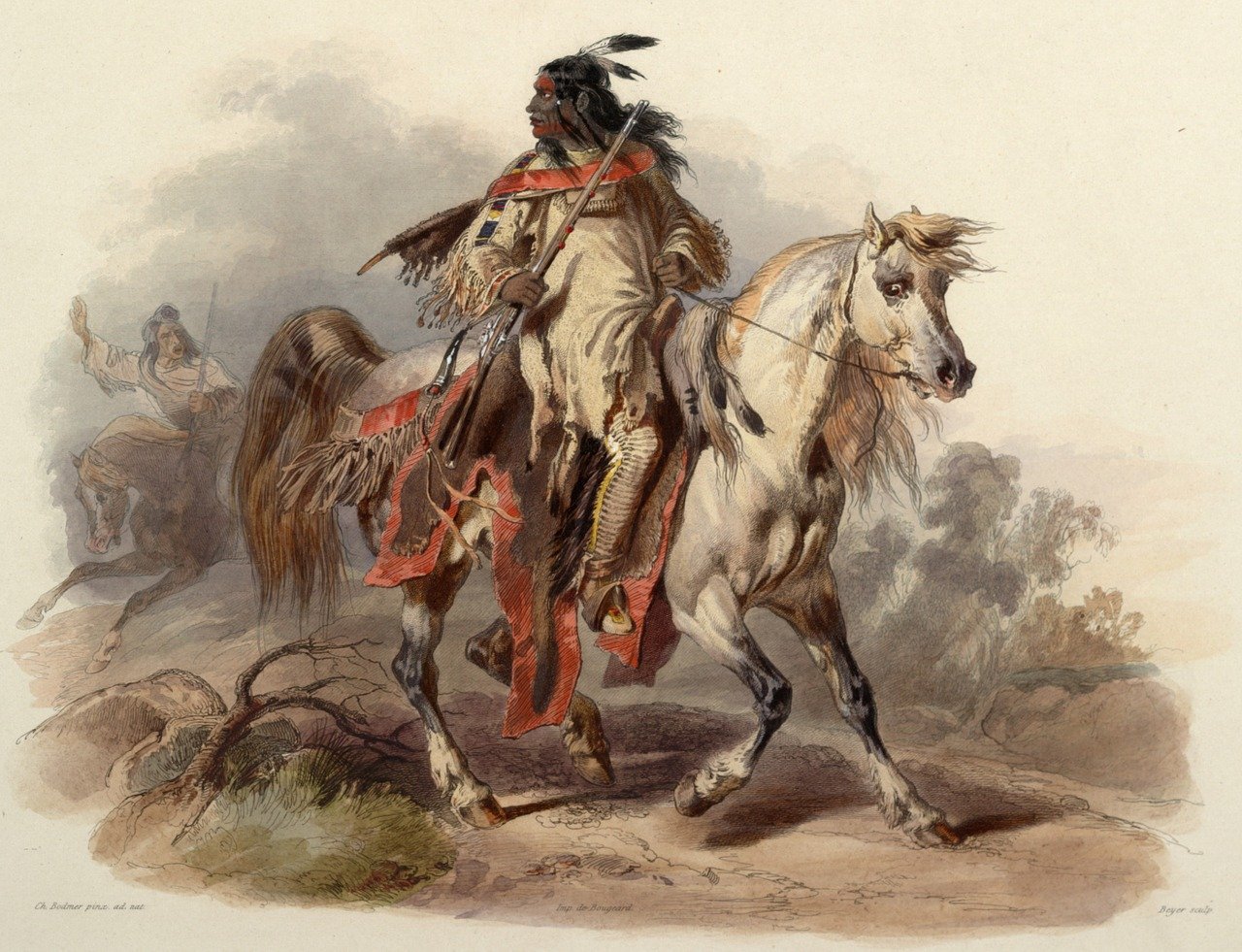
There are many, many myths and old stereotypes attached to Native American history, culture, and Native Americans themselves. Many of these arose from the misunderstandings and biased narratives dating to the earliest pioneer days of European settlement in the North American continent, further perpetuated by portrayals in books, advertisements, children’s games, and Hollywood movies to the modern-day.
At Indian Traders, we have the utmost love and respect for the many Native American nations and the southwest native artisans (particularly the Navajo, Zuni, and Hopi) who contribute to our merchandise and who the sales from our online store support.
We believe it’s important to play our part in telling the truth about Native Americans and busting some of the myths and stereotypes associated with them.
Here are a few of the most common misconceptions we want to address – and the facts.
MYTH 1: Saying “American Indian” is Taboo
FACT: While it is true that some Native Americans prefer not to be referred to as “American Indians”, it is, in fact, the preferred term by a lot of native people. While “Indian” was a blanket term used to refer to the indigenous peoples since the arrival of Christopher Columbus to the Americas in 1492, the term “Native American” took hold as a result of political movements in the 1960s and 1970s. Today, “Native American” is the most common blanket term used in legislation relating to the indigenous peoples of the mainland continental USA (excluding Alaska). (Native Hawaiians are not Native Americans).
Native Americans themselves use various words to describe themselves. Some prefer Native American; others (especially older people) prefer American Indian. Many prefer to just say Native or Indian. Some choose Indigenous. Overall, however, most use their tribal affiliation as their first preference (e.g., Lakota, Navajo, Cherokee, Hopi, Blackfoot, Ute, Crow, etc).
Canadian Indigenous peoples generally prefer to use the terms “First Peoples” or “First Nations”.
MYTH 2: There is a single Native American culture
FACT: Early Hollywood movies depicted all “Indians” as a single indiscriminate entity – specifically as tepee-dwelling, horse-riding, long-plaited warriors who collectively fought the “white man”, wore feather bonnets, buckskin, fringe, and moccasins, wielded bows, arrows, and tomahawks (or stolen rifles), and collected the scalps of their enemies. The reality could not be further from this depiction.
There are more than 560 federally recognised Native American Nations in the USA alone today. They are extremely diverse in their ethnicity, culture, customs, and language. While a few of these stereotypes (teepees, horses, feather bonnets, and buckskin) can be somewhat recognised in part in the traditional Great Plains and Prairie tribes (including the Lakota or “Sioux”), there is little recognisable between them and, for example, the Pueblo Indians of the southwest, the Iroquois of the northeast, the Athabaskans of the Pacific Northwest, and the Seminole of the southeast. Everything from traditional dwelling and clothing to hair styling, diet, how they lived, culture and beliefs, and even physical appearance differ greatly between different nations – especially those that are not genetically related or local to others.
MYTH 3: Native Americans sold Manhattan for the equivalent of $24
FACT: Popular folklore has passed down the myth that the local Lenape indigenous residents inadvertently traded the island of Manhattan (as well as valuable beaver pelts) with European settlers for beads and baubles. There is extant documentation in the form of the deed between the Lenape and Dutch officials to support that the Dutch purchased Staten Island (as a valuable river gateway to northern and western fur-trapping territories) from the Lenape Indians for the equivalent of almost $1150 today, as well as an array of goods to be delivered from Holland, including muskets, lead bars, gunpowder, axes, knives, clothing items, kettles, and more – much more than a handful of colorful trinkets!
Other common myths (which are anything but true) include:
- MYTH: Native Americans get special (and unfair) privileges
- MYTH: Native Americans do not pay tax
- MYTH: Native Americans all live on Reservations
- MYTH: All Native Americans know their own culture and identity
- MYTH: Native Americans are a dying race
- MYTH: Native Americans approve of and feel honored by Indian mascots for sporting and branding purposes
When you shop with us at Indian Traders, not only do you embrace your love for the talent and design prowess of the Navajo, Zuni, Hopi, and the workmanship of authentic Native American blankets. You also directly help support these local artisans and the communities they live in.
Browse our full range of Native American jewelry and other goods today.
